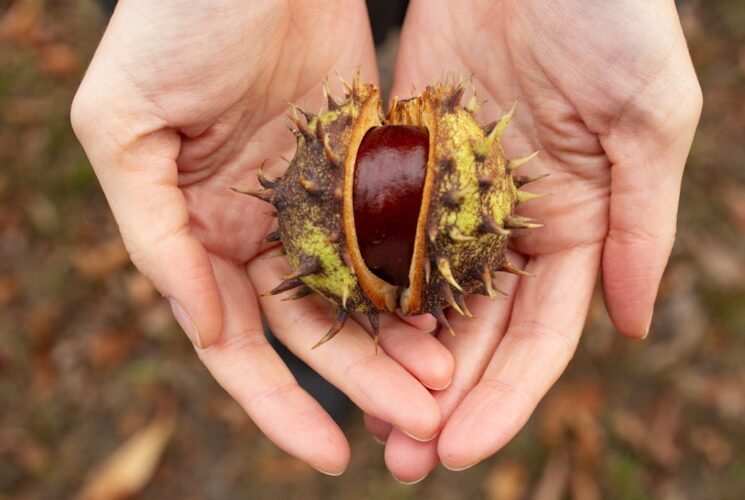
Itchy rashes are a common skin issue that can be caused by a variety of factors, from allergies to infections. While most rashes are not serious, they can be uncomfortable and bothersome. Understanding the different types of itchy rashes and how to treat them can help you manage symptoms and find relief. Here are some common types of itchy rashes and tips for treating them.
Eczema is a chronic condition that causes the skin to become red, inflamed, and itchy. It often appears on the face, hands, and behind the knees. Eczema can be triggered by environmental factors like allergens or irritants, as well as stress. To treat eczema, it’s important to keep the skin moisturized with fragrance-free lotions and creams. Avoiding known triggers and using corticosteroid creams or ointments prescribed by a doctor can help reduce flare-ups.
Hives are raised, red welts that can appear suddenly on the skin. They are often itchy and can be caused by an allergic reaction to food, medication, or an insect sting. Hives can also occur due to stress or temperature changes. Antihistamines are commonly used to treat hives and reduce itching. If hives are caused by an allergy, avoiding the trigger is key to preventing future outbreaks. In severe cases, a doctor may prescribe steroids.
Contact dermatitis occurs when the skin comes into contact with an allergen or irritant, such as poison ivy, certain metals, or harsh chemicals. It causes redness, swelling, and intense itching. To treat contact dermatitis, the first step is to identify and avoid the irritant. Topical corticosteroids can reduce inflammation, and antihistamines may help relieve itching. If the rash is caused by poison ivy or poison oak, over-the-counter treatments like calamine lotion can soothe the skin.
Psoriasis is a chronic skin condition where the skin cells multiply too quickly, causing thick, red patches with silvery scales. These patches are often itchy and can appear on the scalp, elbows, or knees. While there is no cure for psoriasis, treatments like topical steroids, vitamin D creams, and phototherapy can help control flare-ups. Keeping the skin moisturized and avoiding triggers, such as stress or certain medications, can help manage symptoms.
Ringworm is a fungal infection that causes a circular, red, itchy rash with clear skin in the center. It is highly contagious and can spread through direct skin contact or by sharing personal items like towels. Antifungal creams or oral medications prescribed by a doctor can effectively treat ringworm. Keeping the affected area clean and dry is important to prevent further spread.
Scabies is a highly contagious condition caused by tiny mites that burrow into the skin, causing intense itching and rashes, usually between the fingers, wrists, and waist. Scabies requires prescription treatment in the form of topical creams or lotions, such as permethrin. It’s essential to treat everyone who has been in close contact with the infected person to prevent re-infestation.
Insect bites, like those from mosquitoes, fleas, or bedbugs, can cause itchy red welts. Scratching the bites can make them worse and lead to infection. To treat insect bites, apply an anti-itch cream or hydrocortisone to reduce inflammation and itching. Over-the-counter antihistamines can also help with itching. In case of a severe allergic reaction, such as swelling or difficulty breathing, seek immediate medical attention.
Most itchy rashes can be treated at home with over-the-counter medications, but if the rash is severe, persistent, or accompanied by other symptoms like fever, pain, or swelling, it’s important to seek medical advice. A doctor can help determine the cause of the rash and recommend appropriate treatments.
Itchy rashes can be uncomfortable, but understanding the cause and using the right treatment can help alleviate the symptoms. Keeping the skin moisturized, avoiding triggers, and following proper hygiene can go a long way in managing rashes and preventing future flare-ups.
© InsiderScoop